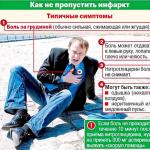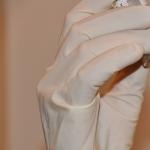A stroke is a disease that comes on suddenly. This disease is spoken about when blood stops flowing to the brain or its supply to this important organ weakens. In just a few minutes, brain cells begin to die - this happens at lightning speed. Unfortunately, the consequences of a stroke are always severe and often fatal.
Two circles of blood circulation fully provide the process of blood circulation in our body. At the same time, nutrients are transported to vital organs, and most importantly, oxygen. For the human brain, it is of the greatest importance, since when it is deficient, necrotic processes occur in the brain.
If we talk about a stroke in a few words, then this is a kind of failure of the continuous process of blood circulation in the body, in which the functioning of the entire cardiovascular system is disrupted, which ensures the normal functioning of any organ.
If for other organs such a failure is not fatal, then brain cells without oxygen begin to actively die, which entails serious consequences. According to statistics, 70-80% of stroke patients become disabled, and 50% of such patients die within a year.
The death rate from stroke is very high. According to WHO, mortality due to stroke is in second place after coronary heart disease. Strokes account for 11% of all deaths worldwide each year.
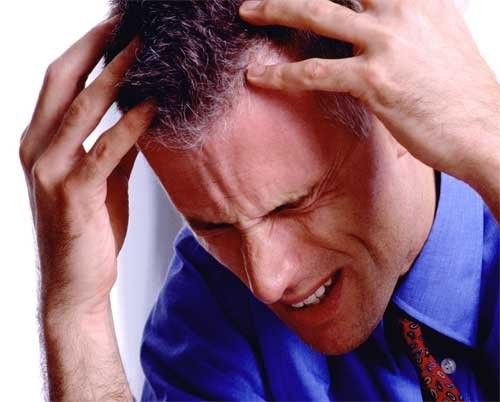
Types of stroke
There are several types of stroke:
- Intracerebral (hemorrhagic)
- Ischemic (most common)
- Subarachnoid hemorrhage (SAH)
It should be noted right away that the causes of any of the above failures may be different, but if any kind of circulatory disorder occurs, you must immediately call an ambulance. The probability of a positive outcome in a stroke will be higher only if first aid is provided in a timely manner.
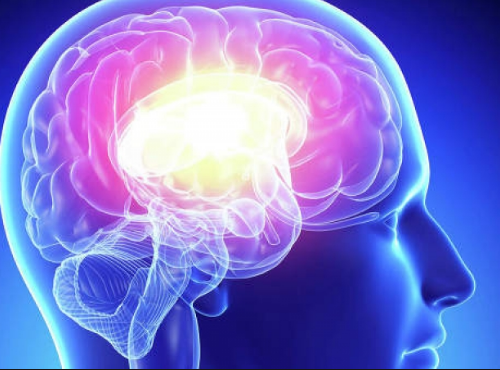
Ischemic stroke of the brain
This type of stroke is the most common. And in essence, ischemic stroke can be called a cerebral infarction, because the mechanism of stroke progression is identical to myocardial infarction.
An ischemic stroke occurs when there is a blockage or narrowing of blood vessels, and it is they that feed the brain. Statistics say that in people who have reached the age of 60, the risk of the disease in question is doubled. Unfortunately, doctors say that this disease is “getting younger” and is increasingly occurring in people of middle and even young age.
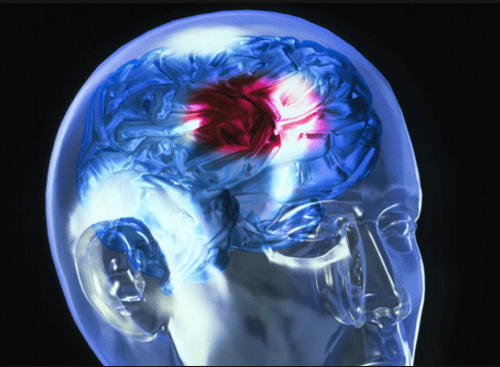
The causes of a stroke can be many, and physiological factors and age are not the only items on this long list. There are a number of criteria that increase the risk of the disease. These include the presence of the following diseases:
- problems with the cardiovascular system
- diabetes
- various heart diseases
- heart attack
Unspoken factors that can lead to ischemic stroke can be bad habits and poor nutrition. No one says that if you eat sandwiches, then a stroke is inevitable - such a lifestyle only increases the likelihood that there is always and can threaten everyone.
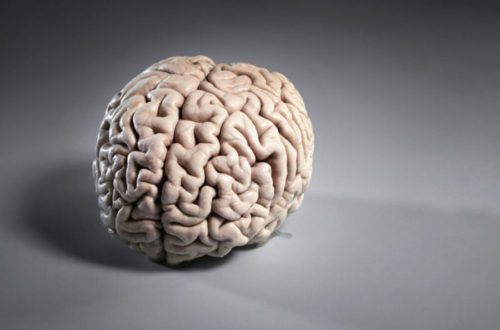
Ischemic stroke is a very dangerous disease, because in the absence of nutrients and oxygen, brain cells simply die. P after ischemic stroke coma or death can often occur. In the case of saving a life after a disease, it is still impossible to return the damaged part of the brain to normal life.
Ischemic stroke is divided into:
- Lacunar stroke. Occurs as a result of too high pressure of the arteries, as well as due to a violation of their patency.
- Atherothrombotic stroke. Occurs when there are blood clots in the cerebral arteries of various sizes.
- Cardioembolic stroke. The arteries of the brain in this case are clogged with an embolus. Most often occurs during arrhythmia or heart disease.
- Hemodynamic crisis - with a failure in the rhythm of the heart, as well as the appearance of blood clots.
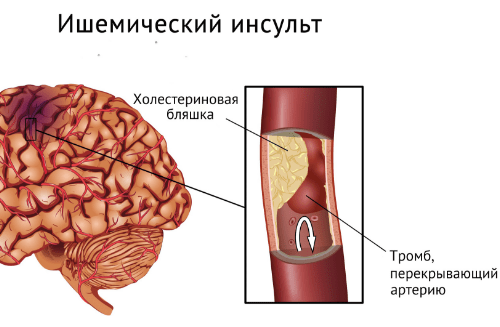
We can say that a stroke is a combination of a variety of circumstances that are directly related to failures in the circulatory system in the brain. There can be many reasons for such a violation, and their combination leads to the development of the disease.
Unfortunately, only a very expensive examination of the cardioneurological type can help to accurately determine the likelihood of a stroke. Not everyone has the money for such a procedure, and often irreversible consequences occur before any saving step is taken.
The first signs of a stroke
First sign of a stroke- a sharp increase in blood pressure, and it is worth noting that in most cases a stroke occurs early in the morning or at night. The most understandable and noticeable signs:
- Violations in the speech apparatus, diction and speech suffer (almost always it is difficult for the victim to pronounce clearly, quickly and understandably ordinary phrases and sentences).
- Smile distortion is a very noticeable sign.
- A very severe headache that comes on abruptly, suddenly, and lasts for a long time.
- Asynchronous movements of the limbs when they are simultaneously raised.
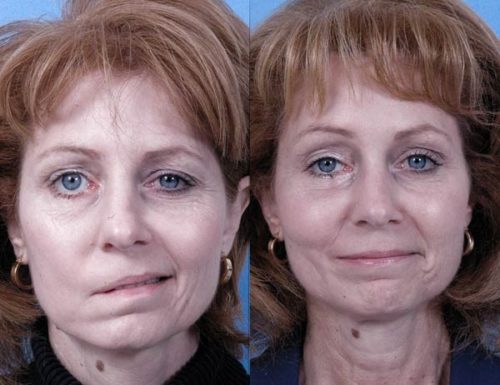
As mentioned earlier, ischemic stroke is more common than all other types of the disease, which is why common symptoms are:
- speech disorders
- numbness of the arms or legs, parts of the face
- weakness
- causeless loss of consciousness
If any of the signs listed above were detected, prompt hospitalization is mandatory - only in this case you can count on a positive result. Do not be afraid of a mistake, it is better to come and find out that you have deciphered the symptoms incorrectly than to suffer the consequences of a stroke later.
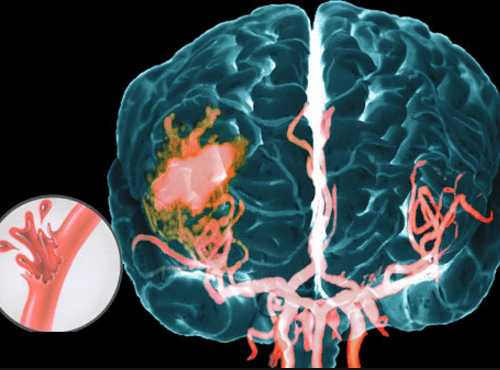
Remember that after a stroke at home you can’t be, hospitalization is the only way out of the situation. It should be noted that very rarely a stroke can pass without any symptoms, which is why you need to be truly attentive to changes in the health status of people close to you, especially if they are already aged.
Stroke symptoms in women and men
If we talk about the manifestations of the disease in question, I would like to note the fact that the signs of a stroke in women and men are no different. The assumption that signs of a stroke in men more pronounced, is erroneous, unreasoned and unproven.
- With a stroke, facial features are deformed in 90% of cases, and this is a clear sign of a violation in the circulatory system of the brain.
- As for motor dysfunction, it occurs either in the right half or in the left. This fact means that the opposite side of the brain is affected: the right side is numb, which means that the failure occurred in the left hemisphere of the brain, and vice versa.
- Indispensable companions of a stroke are smile distortion, weakness, and a sharp deterioration in vision. No wonder we mentioned the similarity of a heart attack and a stroke, because, like the causes, and the symptoms of these failures are almost identical.
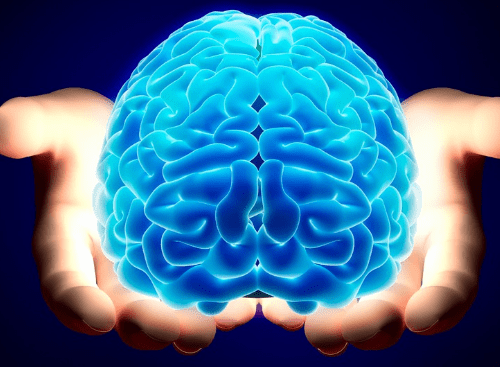
Stroke: severity
Like most diseases, stroke has several degrees: severe, moderate and mild:
- For mild stroke the likelihood of a complete recovery is quite high if you undergo the necessary course of treatment. The full activity of the nervous system will be restored, as well as the motor functions that were impaired during the period of failure.
- Successful outcome with moderate severity disease is not always possible. Unfortunately, a fairly common occurrence after such a disease is disability. In full, with such severity, it is extremely difficult to restore absolutely all the functions of the body, and in fact several of them can be damaged at once. It is extremely difficult to call promising consequences, because they are often quite sad.
- Severe degree stroke in most cases, it leads to death, no matter how sad it may sound. When brain cells die, the existence of the human body is impossible.
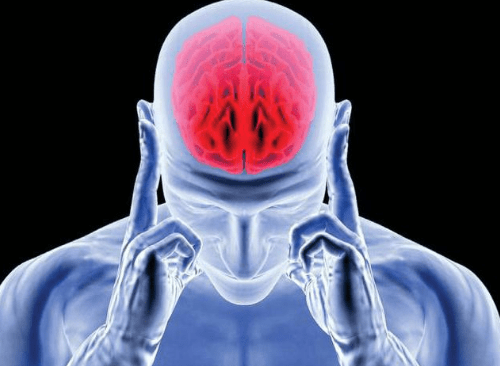
Progress in the field of medicine today has reached significant heights, but at the same time, no one is still able to reproduce brain cells. There are rare cases when it is possible to support the life of a victim of a severe stroke artificially, but even here it is impossible to fully restore the functions of vital organs.
Causes of a stroke
Statistics show that women over 60 and men over 40 most often suffer from this disease. Despite this age factor, women die from a heart attack more often than the stronger sex. The constant use of contraceptives and long-term smoking increase the likelihood of a violation in the blood circulation of the brain.
Treatment after a stroke better tolerated by men than women, the rehabilitation period for them is easier.
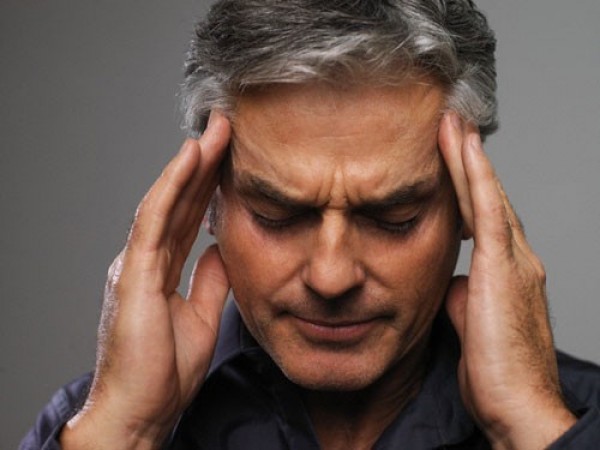
There are a number of risk factors that increase a woman's chance of having a stroke. These include:
- pathology of pregnancy
- persistent headaches
- oral contraceptives
- decreased resistance to stress
To this list, you can also add another and the constant desire to lose weight, during which women exhaust themselves with diets and physical activity. All this leads to constant irritability, stress, mood swings, which are factors that can trigger a stroke.
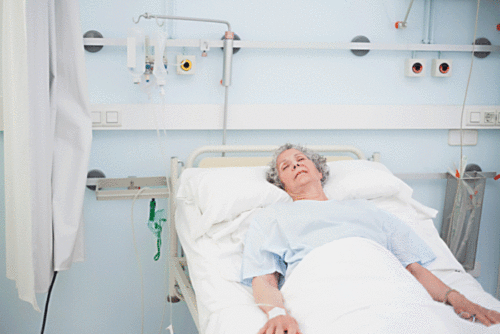
Generally speaking, no one can be immune from damage and malfunctions in the body. Even if you do not drink or smoke and lead a healthy lifestyle, this is not a guarantee that a stroke will bypass you
Bad habits that adversely affect the health of any person are also factors that can provoke a stroke in the future. Excessive abuse of alcohol, cigarettes, drugs, excess weight, immobile (amoebic) lifestyle, constant stress are all sure steps towards a stroke.
Stroke prevention
How to avoid a stroke? If we talk about preventive measures, it should be noted that proper nutrition is the key to longevity and health. Many claim that stroke prevention 90% consists of diet food.
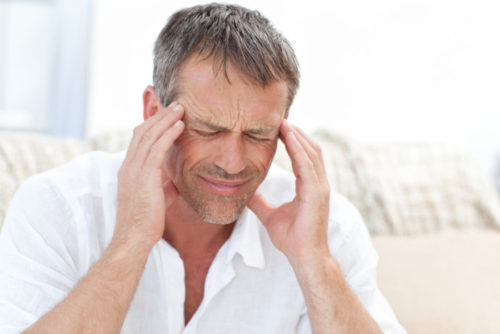
Keeping valuable foods in your diet will help reduce your risk of high blood pressure and blood clots in your body. Do not forget about the loads of the physical type.
Three main factors that are included in the prevention of stroke:
- sport
- diet
- regular examinations
Giving up bad habits is also a preventive measure. If you fight excess weight correctly and make up your diet correctly, you can constantly keep blood pressure within safe limits.
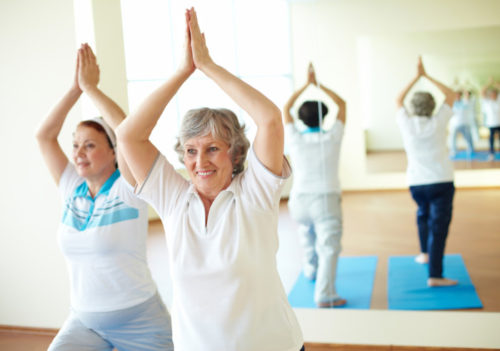
Pine cones are very actively used as a prophylactic against stroke. Since these gifts of nature have a rich composition, the cones can improve the functioning of the cardiovascular system, and also have a beneficial effect on brain neurons. The recipe for a prophylactic is simple:
- Five pine cones cut into several pieces
- Soak the buds in 70% alcohol
- Put in a dark place for two weeks
- The tincture must be shaken daily.
- On an empty stomach before breakfast, drink a teaspoon of tincture
Help for stroke at home
First thing to do after a stroke – immediately call an ambulance. Timely medical care for stroke is the main factor in a positive outcome. When the first signs of a stroke are detected, the following actions should be taken:
- First of all, it is necessary to carefully lay the person down, placing a small roller under his head in order to produce the correct blood flow.
- Measure the pressure and be sure to write it down (this data can help medical professionals navigate the situation and determine the exact diagnosis).
- It is necessary that oxygen enters the body in sufficient quantities. It is necessary to loosen the squeezing clothing on the chest, open the windows in the room.
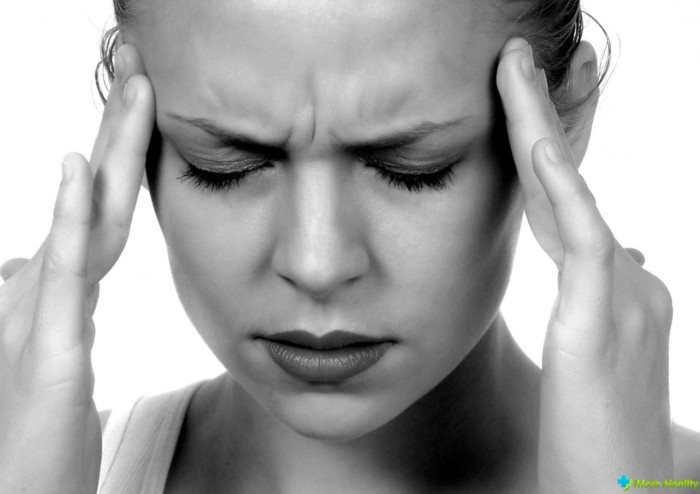
Stroke treatment
Timely and correct diagnosis is the main success factor treatment after a stroke.
- With ischemic stroke, the patient is prescribed thrombolytic therapy.
- Blockage of blood vessels will be eliminated with special drugs.
- If detected hemorrhagic stroke, an operation is needed, and immediately. This is necessary in order to have time to restore all the affected functions in the body.
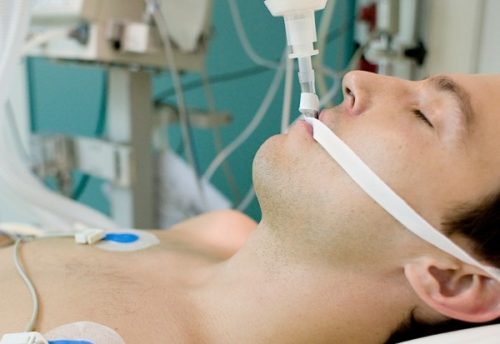
There are two types of treatment for the ailment in question: surgical intervention and drug treatment - how to treat a stroke in each case, only a doctor can tell.
Recovery after a stroke- the process is laborious, lengthy and costly. Certain exercises after a stroke can be prescribed by a highly specialized doctor, self-treatment is strictly prohibited.
It should also be noted that the speech apparatus in 99 cases out of 100 suffers greatly from a stroke, therefore speech restoration can be a very long and complicated process. Correct diagnosis and conscientious treatment are the key to success in the fight against the disease.
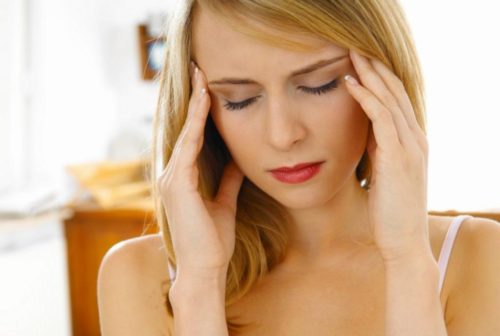
Gymnastics and massage for stroke
In addition to medicines, the patient must undergo a course of massage and gymnastics. It is the loads of the physical type in this period that play an important role in rehabilitation and recovery. Although uncoordinated limb movements are not the only problem that occurs after a stroke, they should be given special attention.
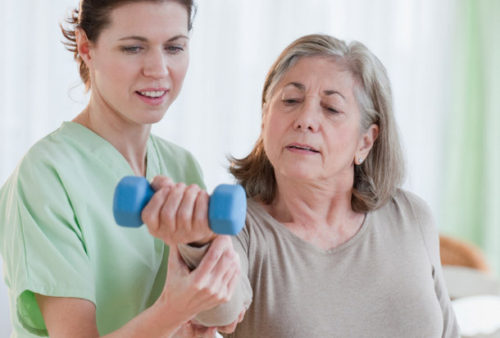
Many are concerned about the question how long do people live after a stroke? It is impossible to name the exact dates - the patient can live for an hour, a day, a year, or even decades. A common occurrence after the first stroke is the second, and if after the second people survive in 50% of 100, then after the third - the percentage is zero.
Stroke is an extremely serious and dangerous disease. The danger, first of all, lies in high mortality and disability, and very often the disease does not give a chance for treatment and saving lives. Therefore, stroke prevention is extremely important, but even it cannot protect 100% from the disease. Take care of yourself and your loved ones and remember to see a doctor for any unclear symptoms - your life may depend on it.
Video: Stroke - symptoms and causes, treatments

